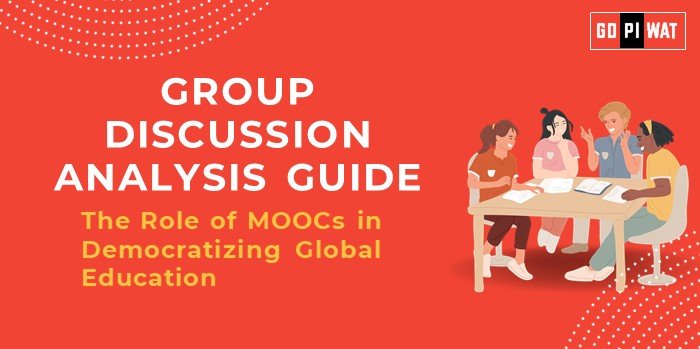📘 The Role of MOOCs in Democratizing Global Education
🌟 Introduction to MOOCs in Democratizing Global Education
Opening Context: “Massive Open Online Courses (MOOCs) have emerged as a transformative force in education, bridging the gap between quality learning and accessibility across borders.”
Topic Background: MOOCs began with platforms like Coursera and edX, revolutionizing traditional education by offering courses from top universities to a global audience, often free or at low cost. The rise of online education during the COVID-19 pandemic further highlighted their potential and challenges.
📊 Quick Facts and Key Statistics
- 🌍 MOOC Enrollment (2023): Over 220 million learners globally, showcasing their broad reach.
- 🎓 Top Platforms: Coursera, edX, and Udemy lead the sector with millions of active users.
- 💸 Cost Efficiency: Many MOOCs are free or significantly cheaper than traditional degrees, democratizing access to top-tier education.
- 📉 Completion Rates: Average rate is about 10%, pointing to engagement challenges.
- 📱 Mobile Accessibility: Over 60% of learners access MOOCs via mobile, indicating their role in bridging digital divides.
👥 Stakeholders and Their Roles
- 🎓 Universities: Provide courses and expertise.
- 💻 MOOC Platforms: Distribute and manage courses globally.
- 🏛️ Governments: Create policies and fund initiatives to enhance access.
- 🎓 Students and Professionals: Primary beneficiaries seeking skills and knowledge.
- 🏢 Corporations: Use MOOCs for employee upskilling and recruitment.
🎯 Achievements and Challenges
🏆 Achievements
- 🌍 Wider Access: Top universities offering free courses to underserved communities.
- 🌐 Global Reach: Learners from 190+ countries, reducing geographic barriers.
- 💼 Workforce Integration: Corporate partnerships for skill-based training.
- 📈 Examples: Google IT Support Certificate (Coursera) has trained over 500,000 professionals globally.
⚠️ Challenges
- 🌐 Digital Divide: Limited access in remote and underdeveloped areas.
- 📉 Low Completion Rates: Engagement and motivation remain hurdles.
- 🎓 Quality Concerns: Variability in course content and certification recognition.
🌏 Global Comparisons
- ✅ Success: Countries like Estonia integrate MOOCs with formal education, offering a model for others.
- ❌ Lagging Nations: Many countries face challenges due to resource limitations and lack of policy support.
⚖️ Structured Arguments for Discussion
Supporting Stance: “MOOCs empower underprivileged learners by providing quality education at a fraction of traditional costs.”
Opposing Stance: “Low completion rates and lack of accreditation undermine MOOCs’ credibility in formal education.”
Balanced Perspective: “MOOCs are a significant step forward but need better integration with traditional systems and improved accessibility.”
🗣️ Effective Discussion Approaches
- Opening Approaches:
- 📊 Statistical Impact: “With over 220 million global enrollments, MOOCs are redefining education for the digital age.”
- ⚖️ Contrast Approach: “While MOOCs bring Harvard-level courses to your screen, a persistent digital divide prevents equitable access.”
- Counter-Argument Handling: Address quality concerns with examples of successful corporate integrations like IBM’s MOOC-driven training programs.
🔍 Strategic Analysis of Strengths and Weaknesses
- Strengths: Accessibility, cost-efficiency, global collaboration.
- Weaknesses: Limited engagement, lack of standardization.
- Opportunities: AI-driven personalization, partnerships with governments.
- Threats: Competition from traditional education, platform saturation.
🎓 Connecting with B-School Applications
- 📚 Real-World Applications: MOOCs’ role in executive education, upskilling, and bridging skill gaps.
- 💼 Sample Interview Questions:
- “How can MOOCs complement traditional MBA programs?”
- “Evaluate the challenges of MOOCs in achieving global education equity.”
- 💡 Insights for B-School Students: Explore MOOCs for niche certifications and learn leadership lessons from case studies on global collaboration.


